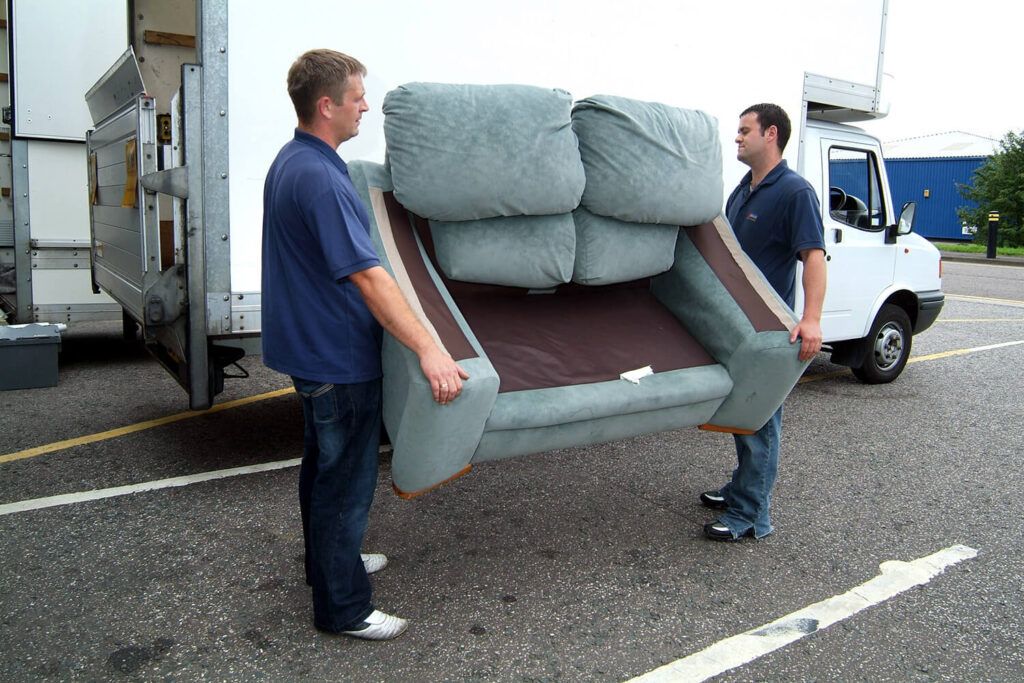Learn how to plan your furniture removals budget effectively with our guide. Discover tips and tricks to manage costs efficiently. Start saving now! Moving to a new home can be an exciting chapter in your life, but it often comes with the daunting task of relocating your furniture and belongings. Whether you’re moving across town or to a different country, the process can be stressful and costly if not properly planned. One of the most critical aspects of moving is budgeting for furniture removals. In this blog post, we’ll explore some key considerations to help you effectively plan your furniture removals budget.
Furniture Removals Budget: Assess Your Inventory
Before you can create a budget for your furniture removals, you need to have a clear understanding of what items you’ll be moving. Take inventory of all your furniture and belongings, including large items like sofas, beds, and dining tables, as well as smaller items like decor and kitchenware. This inventory will serve as the basis for estimating costs and determining the size of the moving truck or container you’ll need. When planning your furniture removals budget, don’t forget to factor in costs for upholstery care.

Get Quotes from Removal Companies
Once you have a comprehensive inventory, start researching removal companies in your area. Get quotes from multiple companies to compare prices and services offered. Be sure to provide each company with accurate information about the volume and weight of your belongings, as well as any special requirements such as fragile items or tight staircases. Keep in mind that the cheapest quote may not always be the best option – consider factors like reputation, insurance coverage, and customer reviews when making your decision.
Consider Additional Services
In addition to basic furniture removal, many companies offer additional services that can make your move smoother but come with extra costs. These services may include packing and unpacking, furniture disassembly and reassembly, storage facilities, and special handling for delicate items. While these services can add to your overall budget, they may save you time and hassle in the long run, so weigh the pros and cons carefully.
Factor in Transportation Costs
Transportation costs are a significant component of your furniture removals budget, especially if you’re moving long distances. Consider the distance between your current and new home, fuel costs, tolls, and any additional fees for overnight stays or ferry crossings. If you’re moving internationally, don’t forget to account for customs duties and shipping fees.
Plan for Contingencies
No matter how well you plan, unexpected expenses can arise during the moving process. It’s essential to have a buffer in your budget to cover unforeseen costs such as last-minute packing supplies, storage fees if your new home isn’t ready on time, or extra charges for difficult access to your property. Aim to set aside at least 10-20% of your total budget for contingencies to avoid financial stress down the line.
DIY vs. Professional Moving
Decide whether you’ll handle the move yourself or hire professional movers. While a DIY approach may seem cost-effective initially, it can quickly add up when you factor in rental truck fees, fuel, equipment rental, and the risk of damage to your belongings. Professional movers have the expertise and resources to ensure a smooth transition, but their services come at a premium. Consider your budget, time constraints, and personal preferences when making this decision.
Timing Is Key
The timing of your move can also impact your budget. Moving during peak seasons or on weekends may result in higher prices due to increased demand. Try to schedule your move during off-peak times if possible, or negotiate discounting with removal companies for mid-week or off-season bookings.
Maximize Efficiency
Finally, look for ways to maximize efficiency and minimize costs throughout the moving process. This may include decluttering and selling or donating items you no longer need, packing your belongings yourself to save on labor costs, or consolidating multiple trips into one to reduce transportation expenses.
In conclusion, planning your furniture removals budget requires careful consideration of various factors, including your inventory, removal company quotes, additional services, transportation costs, contingencies, moving method, timing, and efficiency measures. By taking the time to assess your needs and research your options, you can create a realistic budget that ensures a smooth and stress-free moving experience. Remember, investing in professional assistance and adequate preparation can ultimately save you time, money, and headaches in the long run.







